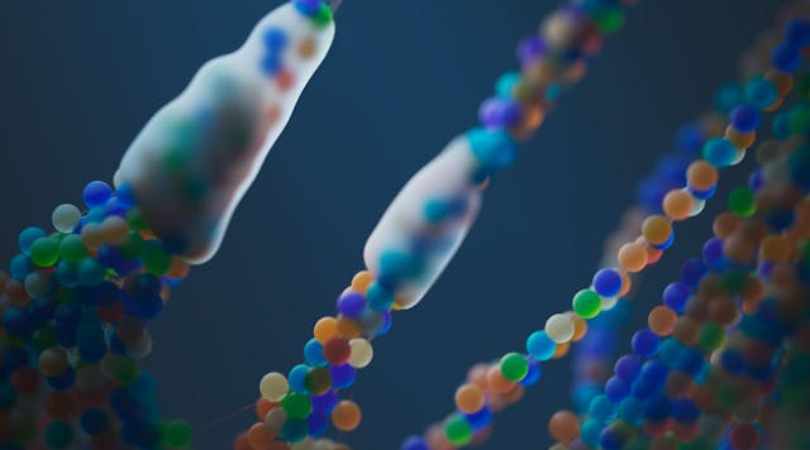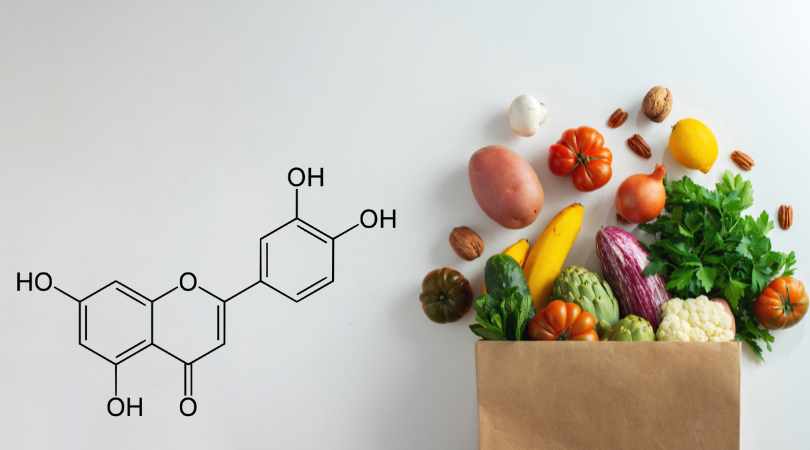Scientists have successfully restored the lost uricase enzyme, a key breakthrough in combating fructose-induced fat formation. This discovery offers new hope for preventing obesity and metabolic disorders by targeting how the body processes sugar and stores fat.
Limited Quantities Available! Order Today and Enjoy Free Shipping on Orders Over $100!
Methylglyoxal
A toxic byproduct formed from excess sugar metabolism—damages proteins and mitochondria, linked to aging and disease.
Protect Your Cells from the Inside Out
Methylglyoxal is a toxic byproduct of sugar metabolism—and fructose is a major contributor to its formation.
This reactive compound promotes glycation, damaging proteins, DNA, and mitochondria. Fructose metabolism, especially when unregulated, generates far more methylglyoxal than glucose, accelerating aging, insulin resistance, and oxidative stress throughout the body.
SugarShield helps your body defend itself upstream. By supporting healthier fructose processing and reducing uric acid and energy depletion, it lowers the conditions that give rise to these harmful byproducts—helping preserve cellular function and metabolic integrity.
What is Methylglyoxal?
Methylglyoxal is a reactive carbonyl compound formed as a byproduct of glycolysis and sugar metabolism—especially under conditions of fructose overload.
Why It's Dangerous
Methylglyoxal modifies proteins, DNA, and fats through a process called glycation, leading to the formation of AGEs (advanced glycation end-products). These contribute to:
- Mitochondrial dysfunction
- Neurodegeneration
- Insulin resistance
- Aging and inflammation
Fructose as a Major Source
Fructose metabolism, particularly when fructose-1-phosphate accumulates, increases methylglyoxal production dramatically more than glucose does.
The Hidden Threat
Even small amounts of methylglyoxal can:
- Disrupt mitochondrial enzymes
- Impair insulin signaling
- Damage vascular tissue
LIV3's Focus
We aim to reduce methylglyoxal formation by blunting fructose metabolism at its root—with natural compounds like luteolin that inhibit fructokinase and protect against downstream cellular damage."






